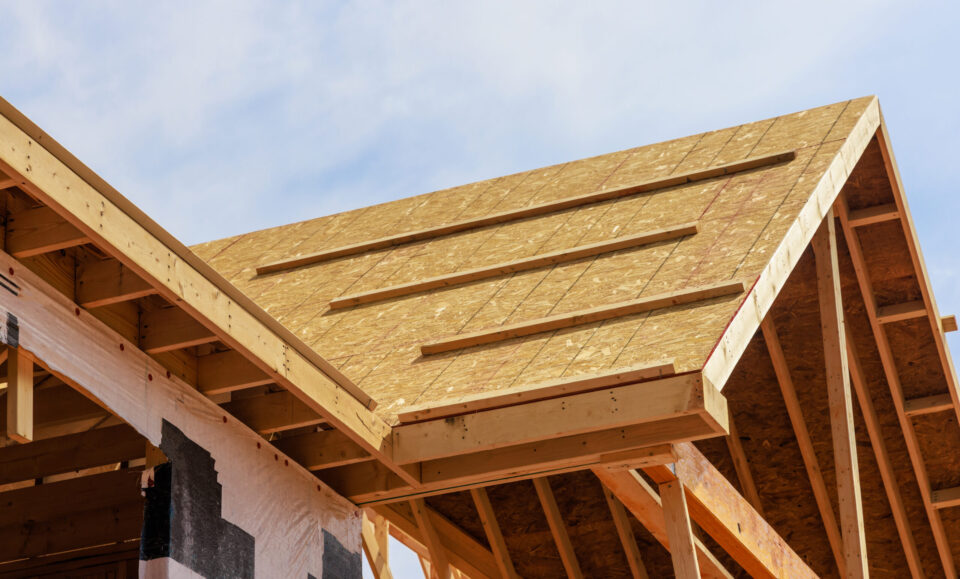There’s no doubt that your roof is one of the most important aspects of your home, protecting your family and belongings from the elements. However, many homeowners don’t what to do or where to start when their roof needs to be replaced. If you’re considering a roof replacement in Pennsylvania, you need to understand the costs involved so you can budget effectively. In this article, we will discuss factors that can impact the cost of a new roof, provide an estimate for different materials and outline financing options for homeowners.
Factors Influencing Roof Replacement Costs

There are several factors that can influence the new roof cost Pennsylvania homeowners can expect when replacing their roofs. The size and complexity of your roof will play a major role in the overall cost. Larger roofs require more materials and labor, leading to higher costs. Additionally, roofs with multiple dormers, valleys, or steep pitches can be more challenging to work on, increasing labor costs as well.
Another factor is the type of roofing material chosen for the replacement. There is a wide range of materials available, each with its own pros and cons, as well as price points. Asphalt shingles are the most common and cost-effective option, while metal and slate roofing tend to be more expensive. The long-term durability and energy efficiency of the chosen material should also be considered when making a decision.
Local labor rates, permit costs, and disposal fees can have an impact on the total cost of your roof replacement. You need to get multiple quotes from local contractors to ensure you’re getting a fair price for the project, but also be sure that the contractors are licensed and insured for work in Pennsylvania.
Financing Options for Homeowners

If the cost of a roof replacement is a concern, there are financing options available for homeowners in Pennsylvania. Many roofing contractors offer financing programs to make the cost more manageable, with options like low-interest rates, no prepayment penalties, and flexible payment terms. Another option is to explore home improvement loans through your bank or credit union. These types of loans typically offer competitive interest rates and allow you to spread the cost of the project over several years.
Some homeowners may qualify for government grants or tax credits for energy-efficient roofing materials, which can offset the cost of the project. Carefully evaluate all of the long-term benefits and costs of a roof replacement before making a decision. Investing in a roof made from durable, energy-efficient materials may result in a higher upfront cost, but can save money on energy bills and roof repairs over time. Budgeting before you make any decisions should be a priority.
Preparing for Your Roof Replacement

Once you have selected a contractor and financing option, prepare for the roof replacement process. Communication with your contractor is key – make sure you have a clear understanding of the project timeline and any potential disruption to your daily routines. It’s also a good idea to notify your neighbors of the upcoming work, as roof replacements can sometimes be noisy and involve large equipment.
During the roof replacement, be prepared for debris and dust around your property. Protect any outdoor furniture and landscaping, and keep pets and small children away from the work area to ensure their safety. Address any questions or concerns with your contractor throughout the process to ensure a successful roof replacement. You may also want to purchase an air purifier to improve your indoor air quality and filter out dust and debris.
As you can see, understanding the factors that impact the cost of a roof replacement, evaluating different materials, and exploring financing options can help Pennsylvania homeowners approach this home improvement project with confidence. By investing in a high-quality roof, you’re protecting your house and family and adding long-term value to your property. If you follow the advice in this article, then you’ll be well on your way to having a safer and more aesthetically appealing home.

